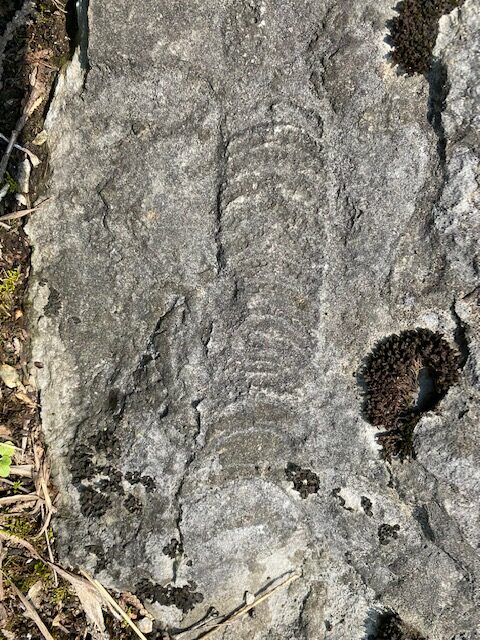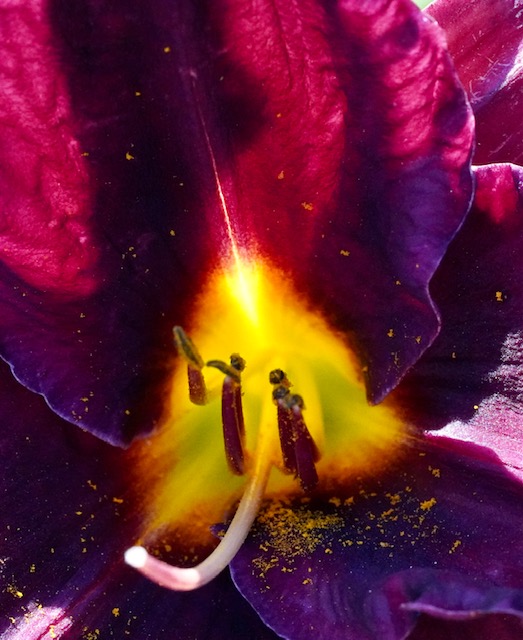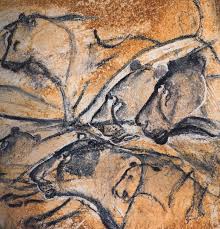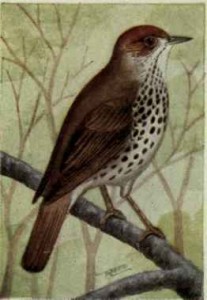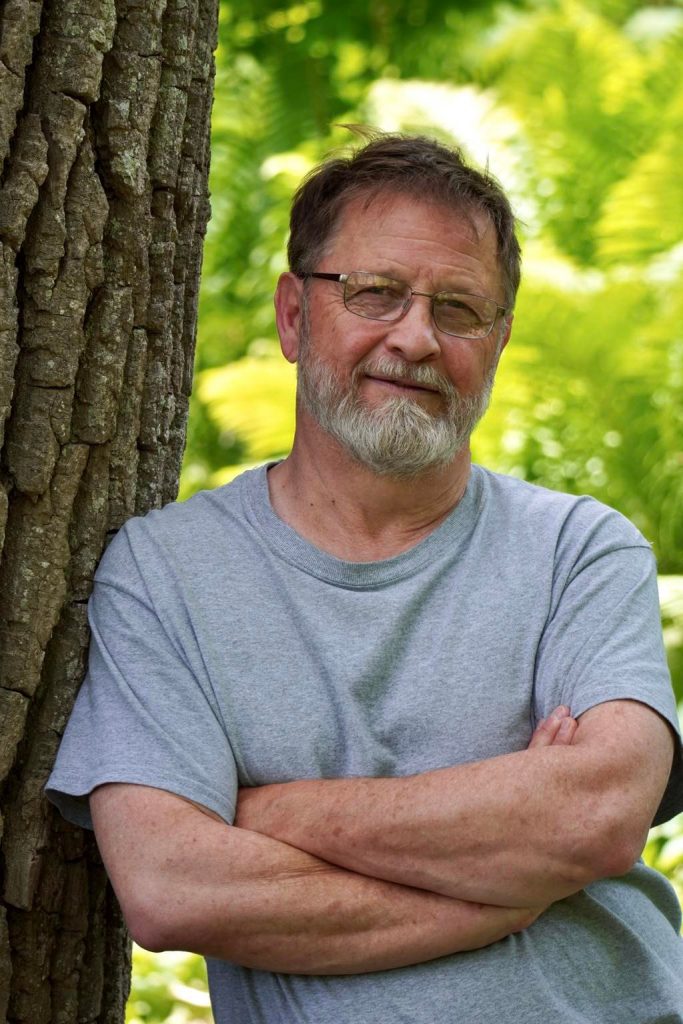Oct 19 2024
A Walk Through Time
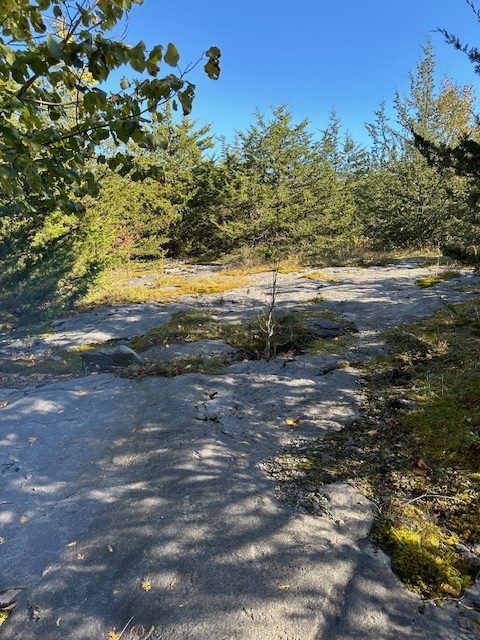
A couple days ago, I drove over to Isle La Motte to visit the Goodsell Ridge Preserve. I haven’t been there for several years, so I had to follow directions on my cell phone to find it. But once I arrived it looked quite familiar. It’s not the kind of place one easily forgets.
The Chazy Reef is on full display at this preserve, just as it is a few miles away at Fisk Quarry that I’ve written about before. This reef was created by sea sponges that lived 480 million years ago. Plate tectonics has moved it from the tropics to Lake Champlain over that immense expanse of time.
I walked through a field and over patches of exposed rock loaded with fossils from the Ordovician Period – long before there were dinosaurs or any other land creatures. I have delved deep into natural history recently, reading dozens of books about life on this planet since it first appeared over 3.5 billion years ago. The Cambrian Explosion, 540 million years ago, is when all kinds of strange and wonderful creatures inhabited the Earth’s seas. This is as close as I can get to encountering that event while still being in Vermont.
As I walked, I could see the faint outlines of ancient creatures in the rock underfoot: cephalopods, gastropods, bryozoans, and much more. It’s a surreal experience for anyone who can grasp the reality of what has been written in stone.
I had the place all to myself on a calm, cloudless day with temps in the 50s. Late afternoon shadows cast by surrounding cedars made the fossils a little hard to see so I gravitated to sunnier spots. At first I followed the White Trail, but soon I was wandering all over the preserve, through field and forest, from one rocky outcropping to another. It felt as if I was sleepwalking through one of the natural history books I had just read.
A spider crawled over a fossil, juxtaposing the past with the present. I am just as clueless as this contemporary creature is about the nature of things – why it all came to be. All I have are the stories I tell myself, scientific or no, as I walk through time. Somehow that’s enough.
Comments Off on A Walk Through Time

